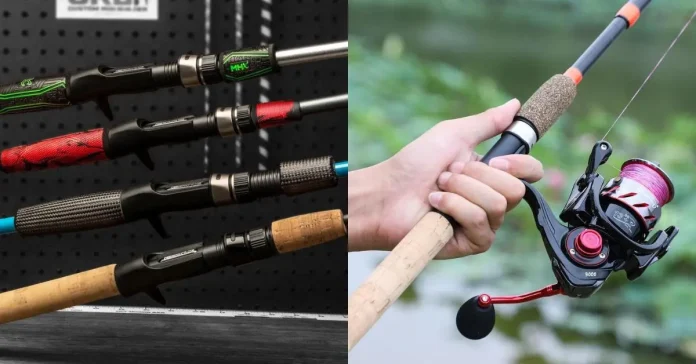Fishing is a relaxing and rewarding hobby, but what if you could build your fishing rod? Not only does this add a personal touch to your fishing gear, but it also allows you to understand and appreciate the craftsmanship behind each cast. In this simple guide, we’ll walk you through the steps to make your very own fishing rod from scratch. Let’s dive in!
Materials You’ll Need:
Before we start, gather these essential materials:
– Blank Rod (the base of the rod, usually made of fiberglass or graphite)
– Reel Seat (where the fishing reel will be attached)
– Cork or Foam Handle (for comfort while holding the rod)
– Fishing Guides (the small rings that guide the fishing line along the rod)
– Fishing Thread (to secure the guides in place)
– Epoxy Glue (for bonding parts together)
Optional:
– Decorative Thread (to personalize your rod)
1: Choose the Right Blank Rod
The blank rod is the core of your fishing rod. Choose one based on the type of fishing you plan to do. For example, lighter rods are better for small fish, while sturdier rods are best for big catches. You can easily buy blank rods from a fishing store or online.
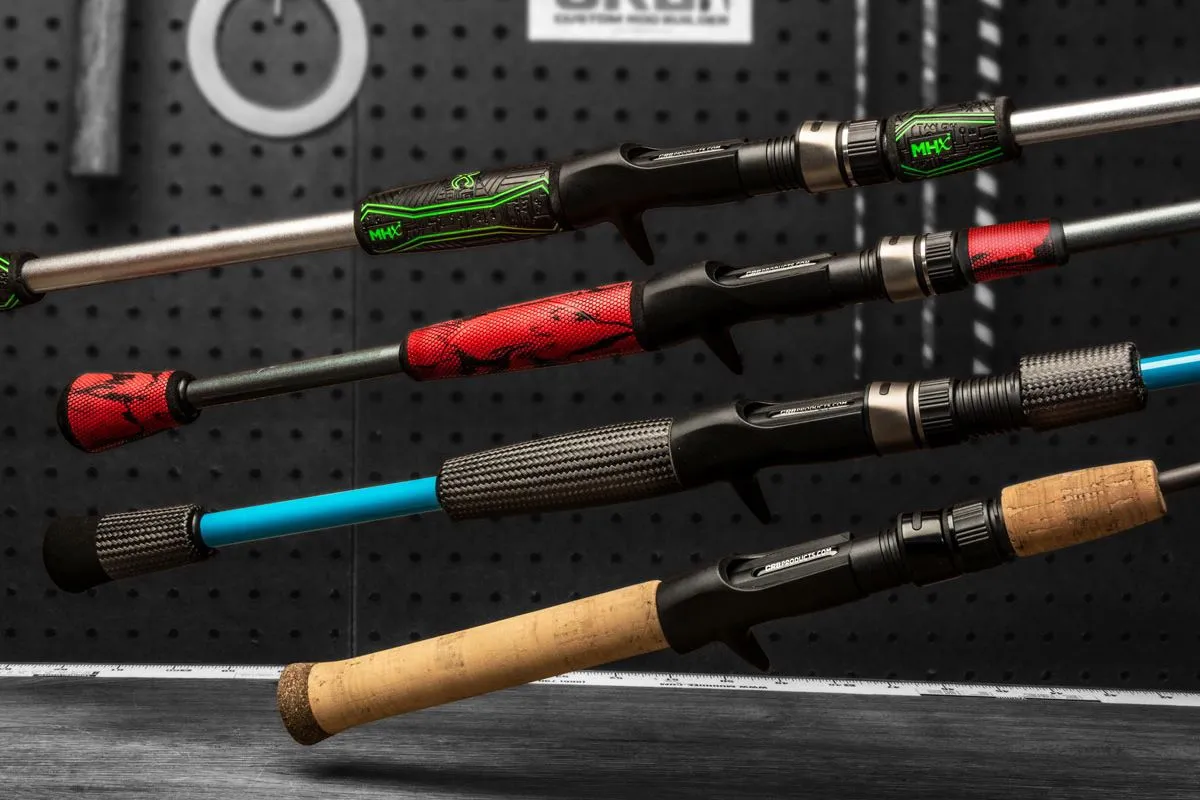
2: Attach the Reel Seat
The reel seat is where you’ll attach your fishing reel. Measure the bottom of the rod where you want the reel to sit, usually about 8-10 inches from the bottom. Apply epoxy glue to the reel seat and slide it onto the rod. Allow it to dry according to the instructions on the glue.
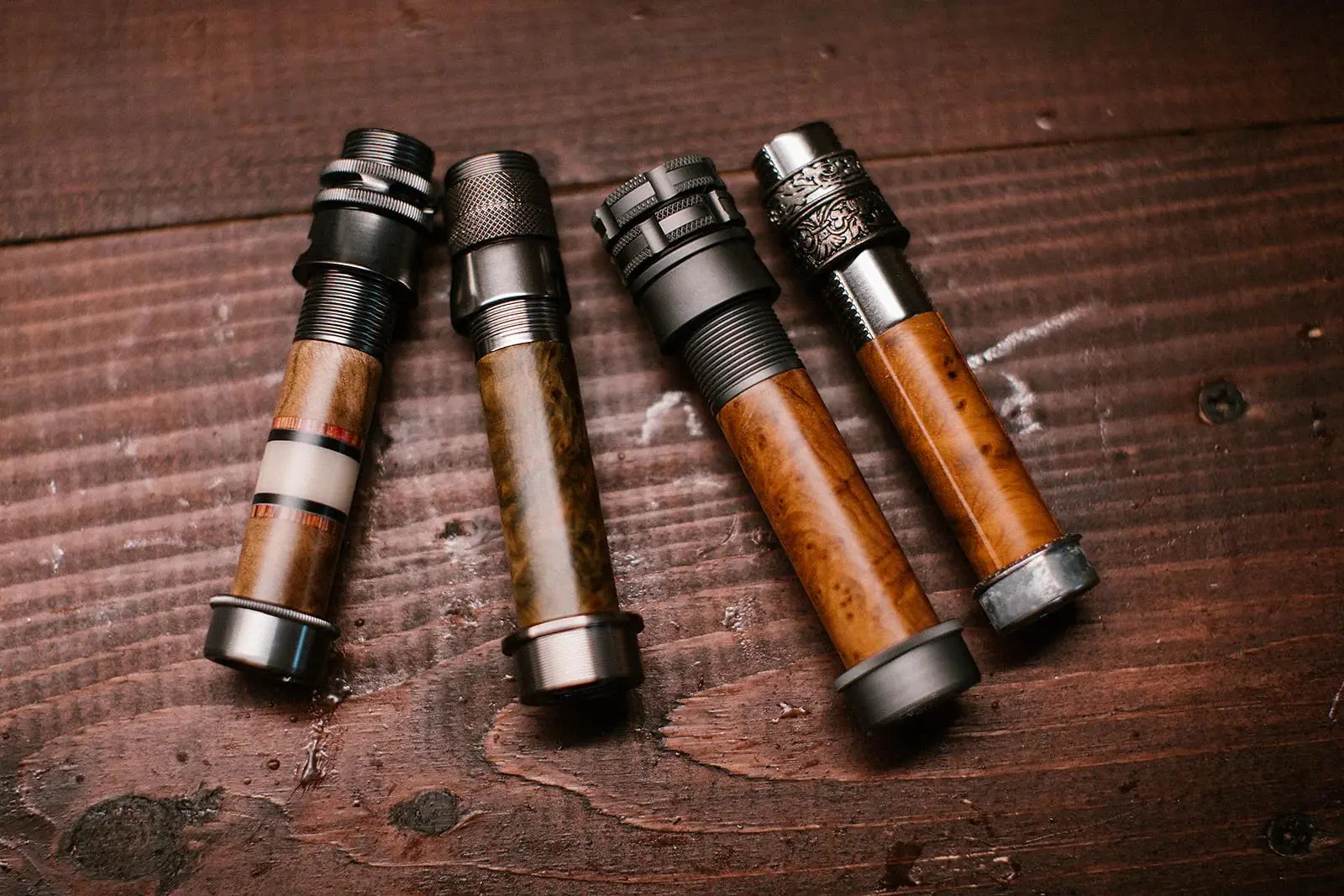
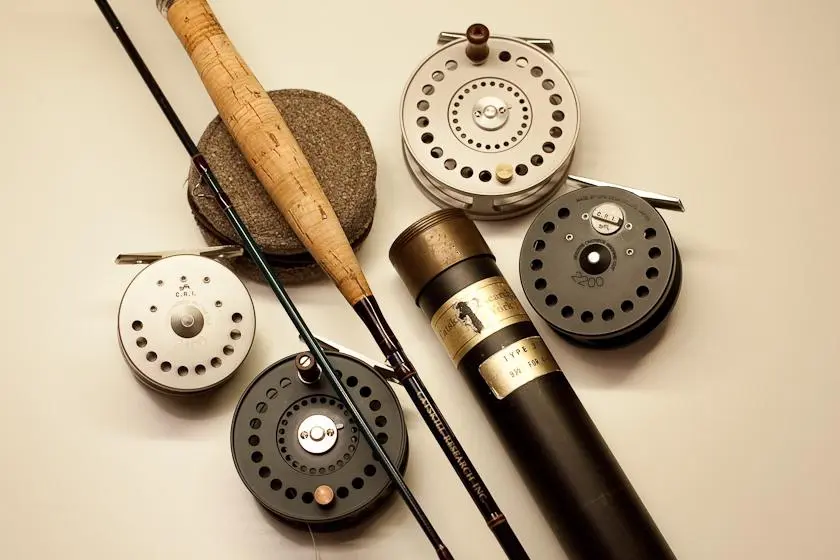
3: Install the Handle.
Next, it’s time to add the handle. Whether you use cork or foam, make sure it’s comfortable and fits well in your hand. Slide the handle onto the bottom of the rod, above the reel seat. Use epoxy glue to secure it in place and let it dry completely.
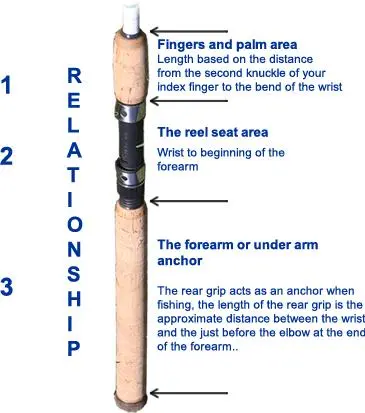
4: Attach the Guides.
Fishing guides are the rings that run along the length of the rod. They help control the fishing line and improve casting. The number of guides you need depends on the length of your rod, but a general rule is to space them evenly. Begin by wrapping the fishing thread around the base of each guide to hold it in place. Wrap the thread tightly and neatly. Once all the guides are attached, coat the thread with a layer of epoxy for extra durability.
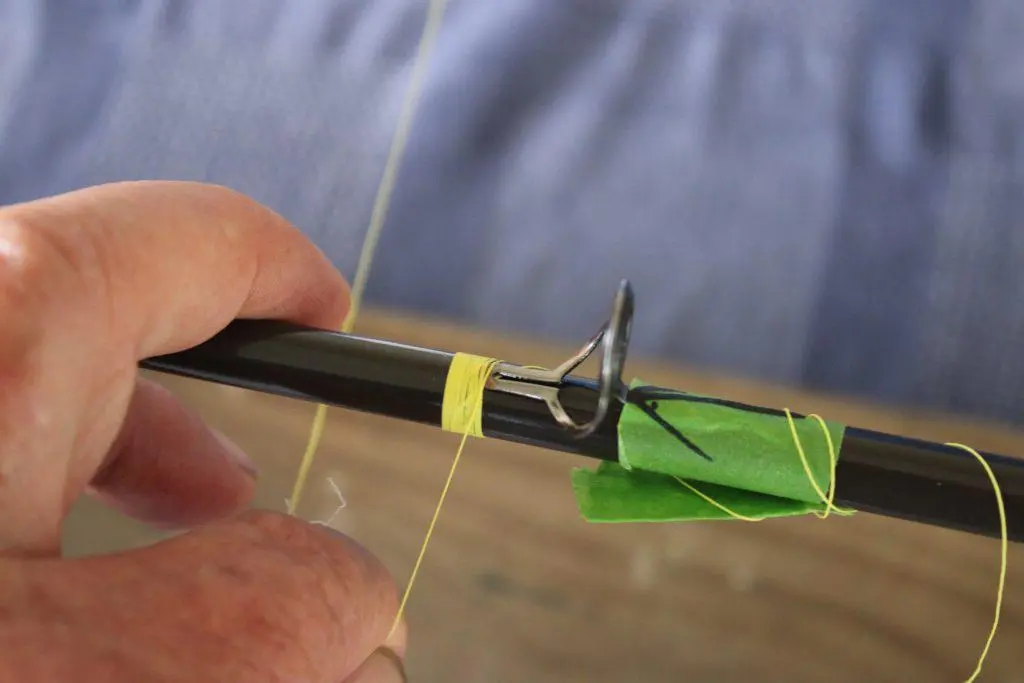

5: Let the Rod Dry.
After assembling the rod, let the epoxy fully dry. This can take several hours, so be patient. A fully dried rod will be sturdy and ready for action!
6: Attach Your Reel and Line.
Once your rod is dry, attach your fishing reel to the reel seat. Thread your fishing line through the guides, and you’re all set to hit the water!
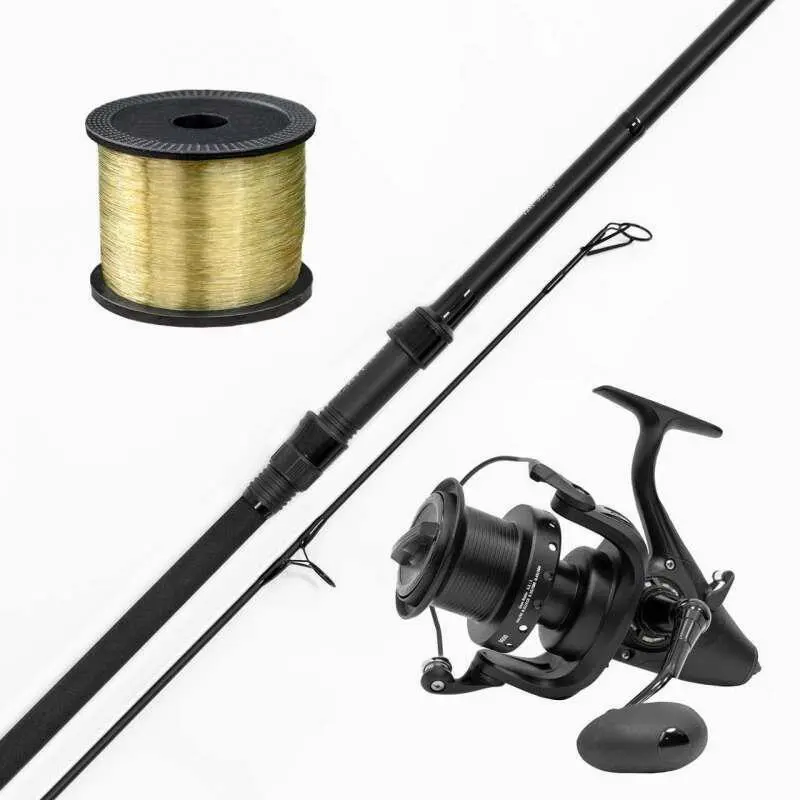
Final Touches (Optional).
If you want to make your fishing rod more personal, consider wrapping decorative thread around parts of the rod for a unique design. You can even paint or add a custom logo to make it truly one-of-a-kind.

Conclusion:
Making your fishing rod is not only a fun DIY project, but it also gives you a deeper connection to your fishing experience. By following these steps, you’ll have a custom-made fishing rod that you can be proud of, ready for your next big catch. So gather your materials, take your time, and enjoy the process of crafting your very own rod!
Happy fishing!

